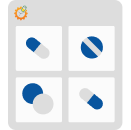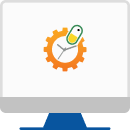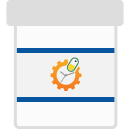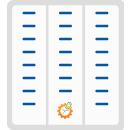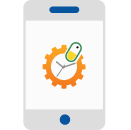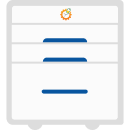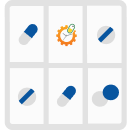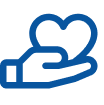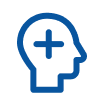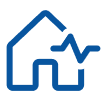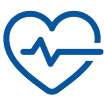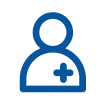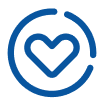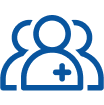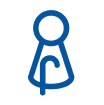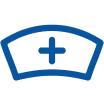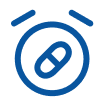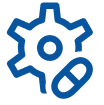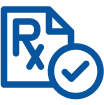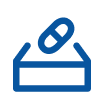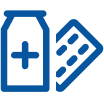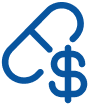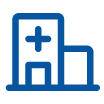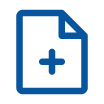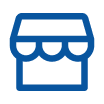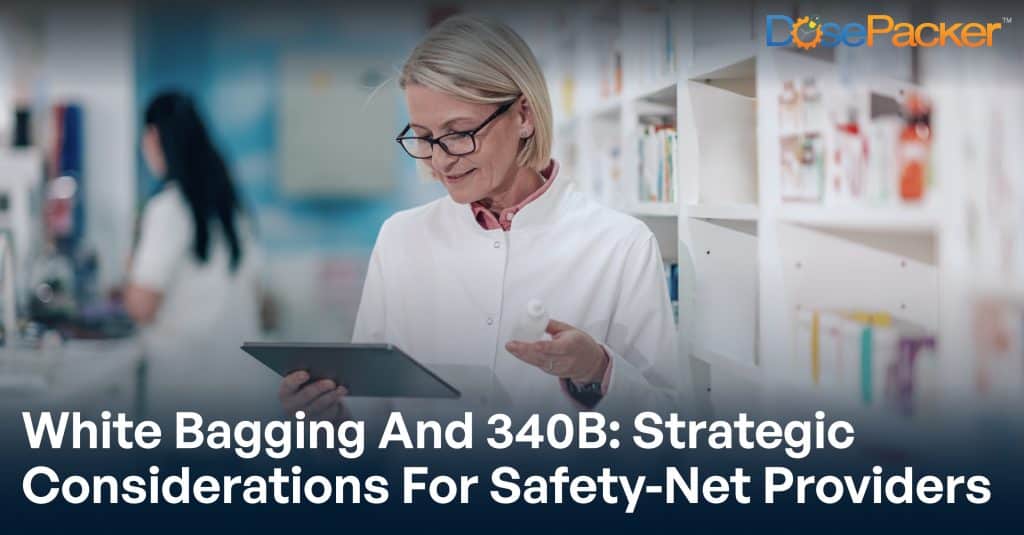Unlock the latest in medication management technology and grow your care community with us.
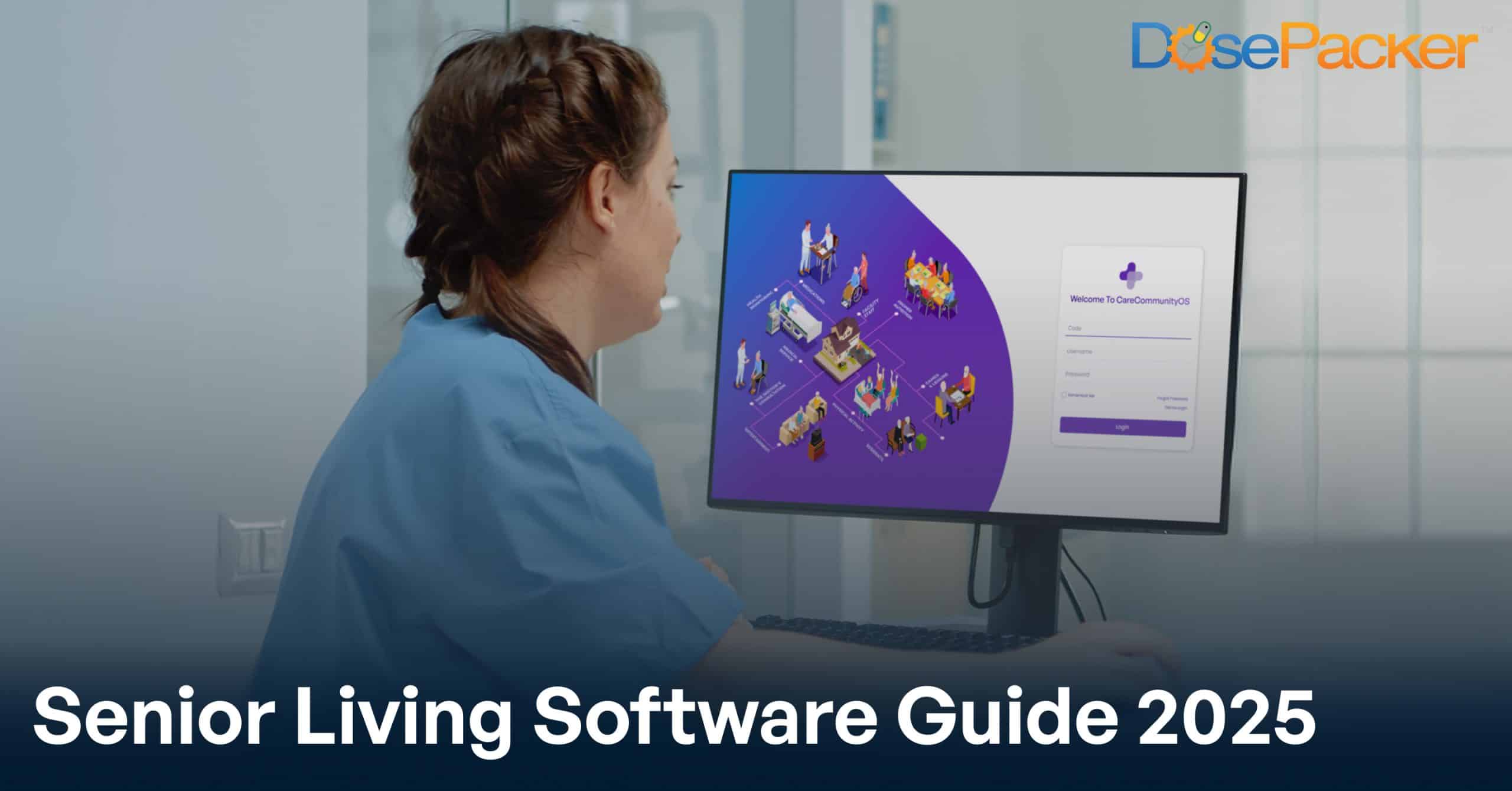
It’s 2:47 AM when Sarah’s phone rings. She’s the Executive Director of a 75-bed assisted living community, and night shift calls never bring good news.
“We have a problem,” her night nurse says, voice tight. “Mrs. Rodriguez received Metformin twice, once at shift change and again an hour ago. Different nurses, same medication. She’s symptomatic.”
Sarah is wide awake now, heart racing. This isn’t just a documentation error; it’s a sentinel event. By 3:15 AM, she’s calling EMS. By 8:00 AM, she’s reporting to the state. By Friday, her facility’s quality rating has dropped, and three families have given notice.
The cause? A handwritten MAR chart where one nurse’s checkmark was too light to see in dim lighting.
This scenario plays out in senior living communities every single day. Not always with the same severity, but with the exact root cause: dependence on paper systems in an industry where precision literally saves lives.
Break this cycle with DosePacker’s advanced medication management technology.
Why 2025 Is the Breaking Point
Here’s what most senior living software guides won’t tell you: the question isn’t whether you need software anymore, it’s whether you can afford to operate without it. Three converging forces have made 2025 the inflection point:
The Staffing Apocalypse
The average assisted living facility experienced 42.34% turnover among certified nurse assistants in 2024. Communities still using paper spend an average of 18.5 additional hours per week on documentation that software automates. That’s half a full-time position lost to paperwork per week.
The Financial Reality
Medication errors result in additional healthcare costs of between $37.6 billion and $50 billion, as well as lost productivity. Facilities with electronic medication administration systems saw 78% fewer medication-related incidents.
The Family Expectation Gap
In 2025, 89% of families touring senior living communities expect access to digital communication. Communities without family portals lose prospects who choose more transparent competitors.
The math clearly indicates: stick with paper, lose staff, lose residents, lose revenue. It’s not hyperbole, it’s arithmetic.
What Actually Matters In Senior Living Software
Forget the 47-feature comparison charts. After analyzing implementations at various communities, three capabilities separate transformative platforms from expensive disappointments:
1. Medication Management That Actually Prevents Errors
Generic “medication tracking” isn’t enough. The breakthrough is scan-level verification that creates a closed loop: scan the resident, scan the medication, confirm the match. Wrong medication? The system stops you before administration, not after.
Advanced systems integrate directly with pharmacy packaging through QR codes, eliminating manual entry errors. When medication arrives pre-scanned from the pharmacy, MAR charting becomes scan-and-document in under 15 seconds per resident.
The impact: Communities implementing closed-loop medication systems report a 91% reduction in medication errors. More importantly, they report zero catastrophic adverse drug events.
This isn’t about convenience; it’s about whether you can sleep at night knowing your medication administration system won’t fail your residents.
2. Real-Time Care Coordination (Not Just Documentation)
Here’s the secret about most “care coordination” software: it’s just digital filing cabinets. Information goes in, but getting it out when you need it is still a nightmare.
What works: Point-of-care access with intelligent alerts. When a caregiver documents a fall at 3 PM, the system should instantly notify the nurse, flag the resident’s record, trigger a neuro check protocol, and alert family members, without requiring anyone to make a phone call or send an email.
Care coordination means information flows to the people who need it, when they need it, without someone manually moving it there. If your care team is still playing phone tag or searching for paper charts, your “system” isn’t coordinating anything.
3. Data That Drives Decisions, Not Just Reports
Most senior living software generates reports nobody reads. What distinguishes mature platforms is actionable analytics: dashboards that answer the questions keeping administrators up at night.
- Which residents show early signs of medication non-adherence?
- What’s our actual staff-to-resident ratio by shift, accounting for call-outs?
- Which families are disengaging (portal logins declining)?
- Where are documentation gaps creating compliance exposure?
The difference between data and analytics is straightforward: data tells you what happened, while analytics tells you what to do about it.
CareCommunityOS was purpose-built around three key pillars: medication safety through pharmacy-integrated scanning, real-time care team coordination, and predictive analytics that flag potential problems before they escalate into crises.
An investment in quality senior living software pays for itself in the prevention of medication errors alone. Everything else—time savings, improved occupancy, and better compliance—is pure ROI. Communities that view software as an “expense” miss the point entirely. The question isn’t whether you can afford software; it’s whether you can afford not to have it.
Why Most Implementations Fail (And How To Succeed)
Here’s the uncomfortable truth: most senior living software implementations fail to achieve their intended outcomes. Not because the software is bad, but because communities approach implementation like IT projects instead of culture change.
The Fatal Mistakes
1. Treating It Like a Purchase Instead of a Partnership
Software implementation is where vendors show their true colors. Communities that succeed choose vendors who provide dedicated implementation teams, not just installation instructions.
2. Underinvesting in Training
Plan for 6-8 hours of initial training per staff member, plus refreshers at 30 and 60 days. Communities that cut training to save money waste months achieving proficiency that should take weeks.
3. Going Live During Crisis
Never implement during survey season, holiday periods, or while understaffed. Implementation requires bandwidth. Schedule your go-live when you can absorb the learning curve.
4. Expecting Overnight Transformation
Software doesn’t fix broken processes; it exposes them. Plan for 90 days to reach full adoption and 6 months to realize complete ROI.
The Formula For Successful Implementation
Phase 1 (Weeks 1-2): Foundation
- Complete data migration and validation
- Configure the system to match workflows
- Train users intensively
Phase 2 (Weeks 3-4): Soft Launch
- Run parallel systems (paper backup)
- Identify and resolve friction points
- Adjust workflows based on real use
Phase 3 (Weeks 5-8): Full Deployment
- Go fully digital
- Monitor compliance and adoption rates
- Provide just-in-time coaching
Phase 4 (Weeks 9-12): Optimization
- Analyze performance metrics
- Refine workflows
- Expand to advanced features
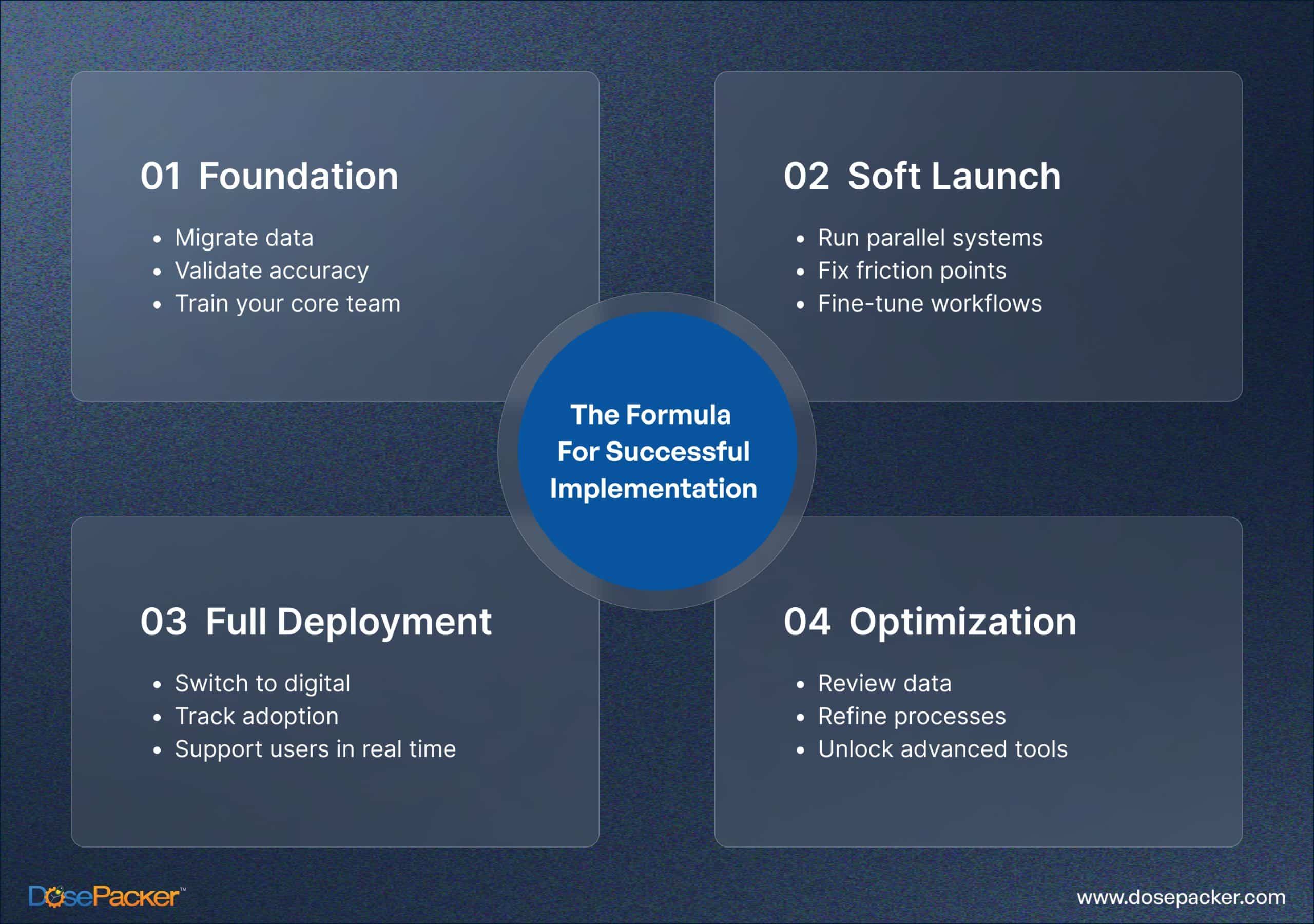
DosePacker offers white-glove implementation support tailored specifically for senior living operations, featuring dedicated trainers who understand caregiving workflows, not just software features.
The Questions You Should Ask Vendors
Forget asking about features. Every vendor will claim they have them. Ask questions that reveal whether the software actually works:
- “Show me exactly how your system prevents medication errors, not just tracks them.” Watch for: closed-loop verification, visual confirmation, and hard stops for wrong medications.
- “What happens when Wi-Fi goes down?” Reality check: If they say “it won’t,” they’re lying. Look for offline modes and automatic sync.
- “How long does it take your average user to complete MAR charting for 20 residents? Benchmark: Should be under 10 minutes with scanning. If it’s longer, the system creates work instead of reducing it.
- “Show me your analytics dashboard and tell me what decision I should make based on what I see.” Watch for: Pre-built insights vs. raw data dumps. Executives need recommendations, not spreadsheets.
- “What’s your average implementation timeline, and what percentage of customers go live on schedule?” Red flag: Vague timelines or “it depends” without specifics. Professional vendors have standardized processes.
What Happens Next?
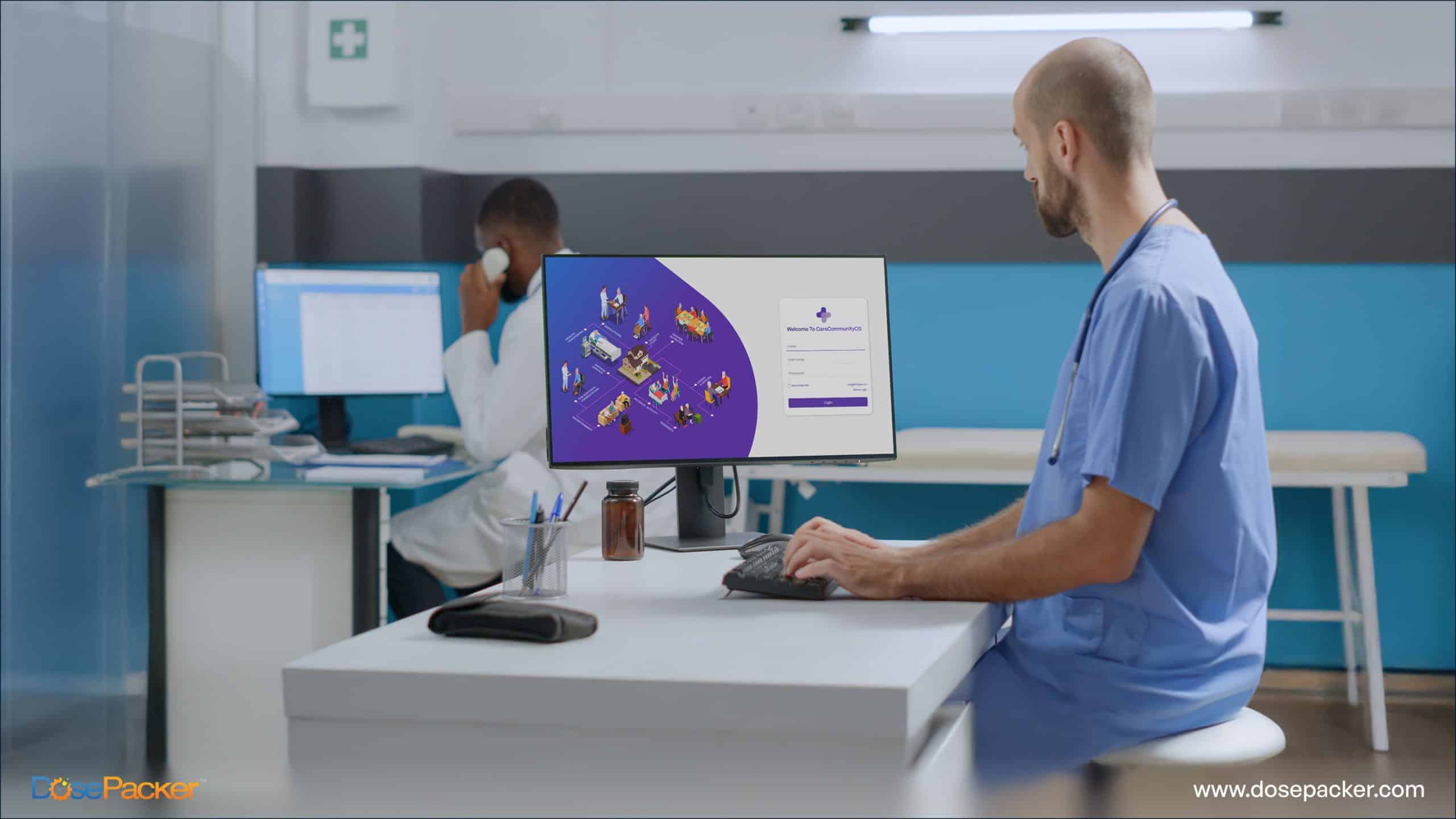
The senior living industry is at an inflection point. Communities embracing integrated software platforms aren’t just more efficient, they’re fundamentally safer, more attractive to families, and better positioned to navigate workforce challenges.
Communities still debating whether to invest aren’t weighing costs and benefits. They’re choosing between evolution and extinction.
Ready to move beyond paper? CareCommunityOS delivers medication safety through pharmacy-integrated medication management, real-time care coordination, resident management, and analytics that actually drive decisions. Built specifically for senior living operations, it eliminates the complexity of cobbling together multiple systems.
See how communities are preventing medication errors, reducing documentation time, and improving family satisfaction: Explore CareCommunityOS.
Because the cost of the right software is measured in thousands of dollars, the cost of the wrong system, or no system at all, is measured in lives.

